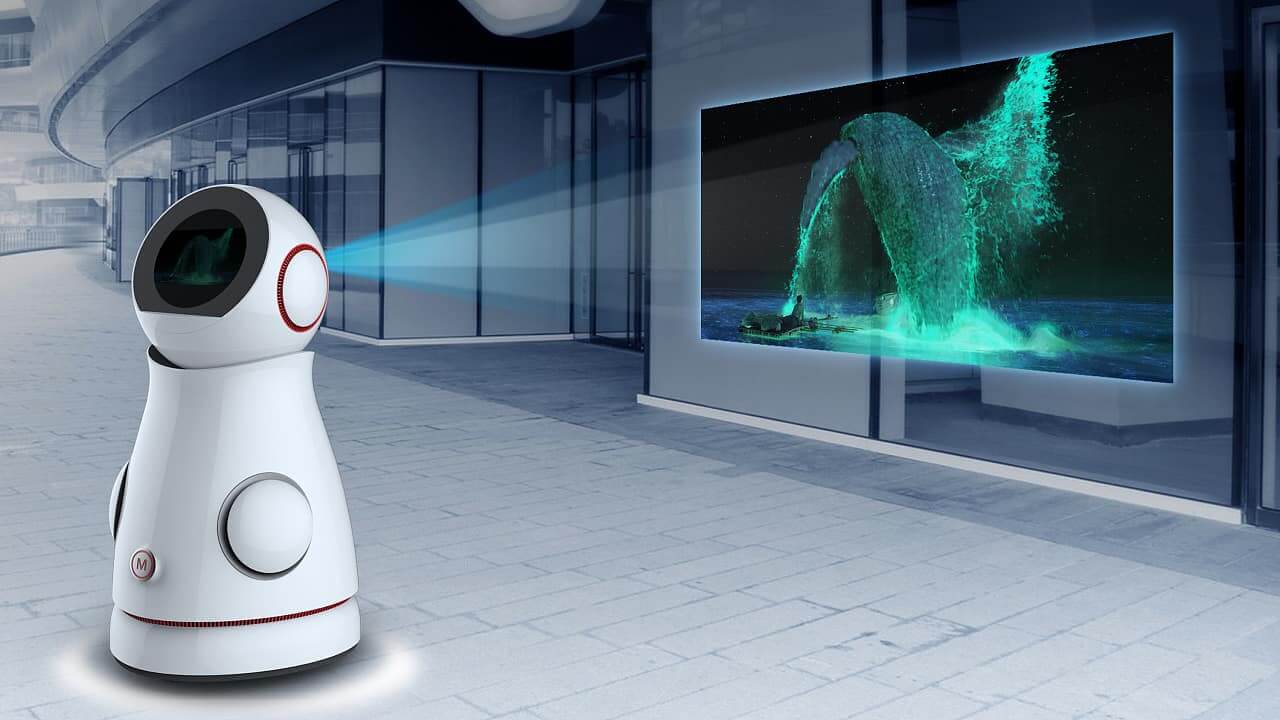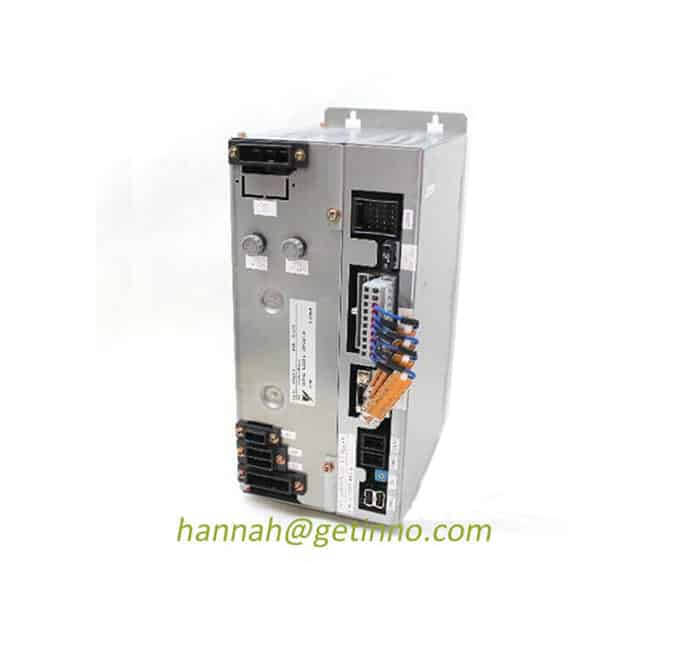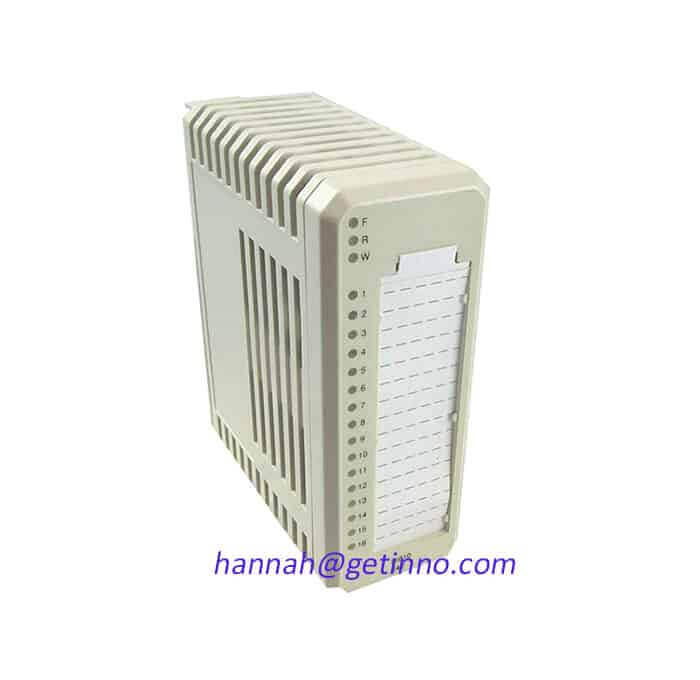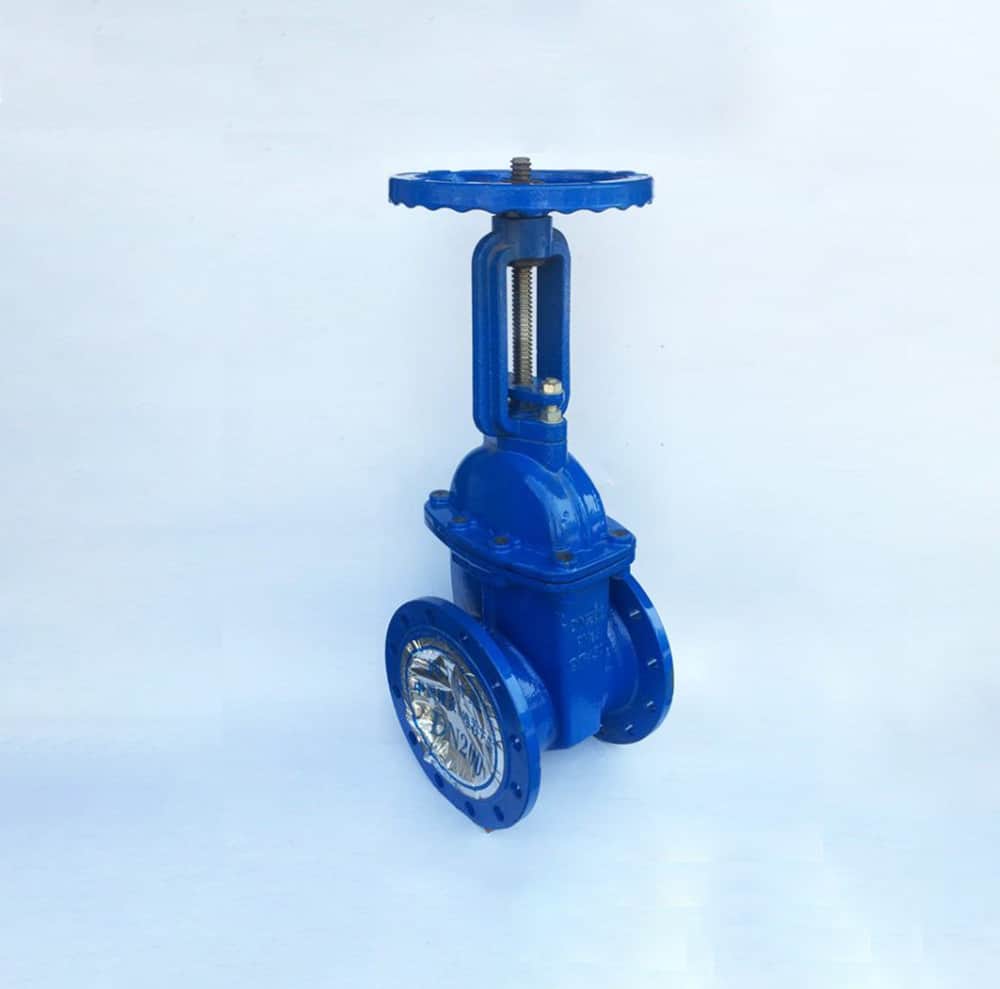The Development of Global Industry Robot
In developed countries, complete sets of equipment for industrial robot automation production lines have become the mainstream of automation equipment and the future development direction. Foreign automobile industry, electronic appliances industry, construction machinery and other industries have widely used industrial robot automated production lines to ensure product quality, improve production efficiency, and avoid a large number of industrial accidents. The use of industrial robots in many countries for nearly half a century shows that the popularization of industrial robots is an effective means to realize automated production, improve social production efficiency, and promote the development of enterprise and social productivity.

Robotics is a forward-looking and strategic high-tech field. Scientists of the Institute of Electrical and Electronics Engineers IEEE put forward four key development directions in predicting the future direction of technological development, and robotics is one of them.
In October 1990, people in the robot industry held an industrial robot standard conference in Copenhagen, the capital of Denmark, and passed a document at the conference, dividing industrial robots into four categories: (1) sequential type. This type of robot has a prescribed program action control system; (2) type of operation along the track. These robots perform some kind of mobile job, such as welding. Spraying paint, etc.; ⑶ remote operation type. For example, robots that work automatically on the moon; ⑷Intelligent. This type of robot has the functions of perception, adaptation, thinking and human-machine communication.
Japan’s industrial robot industry has popularized and the second type of industrial robots as early as the 1990s, and reached the heyday of its industrial robot development history. Now it has achieved world-renowned achievements on the road to the development of the third and fourth types of industrial robots. The development priorities of Japan’s next-generation robots are: low-cost technology, high-speed technology, small and lightweight technology, reliability-enhancing technology, computer control technology, networking technology, high-precision technology, vision and tactile sensor technology, etc.
According to a plan issued by the Japanese government in 2007, the scale of Japan’s industrial robot industry will reach 1.4 trillion yen in 2050, with millions of industrial robots. According to the standard that one industrial robot is equivalent to 10 laborers, a million industrial robots are equivalent to tens of millions of laborers, which is 15% of the current total labor force in Japan.
my country’s industrial robot started in the early 1970s, and its development process can be roughly divided into three stages: the budding period in the 1970s; the development period in the 1980s; and the practical period in the 1990s. Now after more than 20 years of development, it has begun to take shape. At present, my country has produced some key components of robots, and developed industrial robots such as arc welding, spot welding, palletizing, assembly, handling, injection molding, stamping, and painting. A group of domestic industrial robots have served the production lines of many domestic enterprises; a group of robotics research talents have also emerged. Some relevant scientific research institutions and enterprises have mastered the optimal design and manufacturing technology of industrial robot manipulators; the hardware design technology of industrial robot control and drive systems; the design and programming technology of robot software; kinematics and trajectory planning technology; arc welding, spot welding And the development and preparation technology of large-scale robotic automatic production lines and peripheral supporting equipment. Some key technologies have reached or approached the world level.
If a country wants to introduce high technology and transfer it to industrial technology (industrialization), it must have five elements. Compared with Japan, which is known as the “robot kingdom”, our country has a completely different basic national condition, that is, a large population, Labor surplus. The fundamental driving force to stimulate the development of industrial robots in Japan is to solve the serious shortage of labor force. Therefore, my country’s industrial robots started late and developed slowly. But as mentioned earlier, the widespread use of robots is a very important way to realize industrial automation and improve social production efficiency. Our country is working hard to develop the industrial robot industry, introduce equipment and equipment, train talents, and open up the market. The brilliance of Japan’s industrial robot industry has benefited from the country’s government’s encouraging policies, and my country’s Eleventh Five-Year Plan has also reflected its strong support for the development of industrial robots.
Links: 1sap130300r0271 3bse008516r1
Pre: Development of China Industry Robot Next: Applications of Industry Robot




